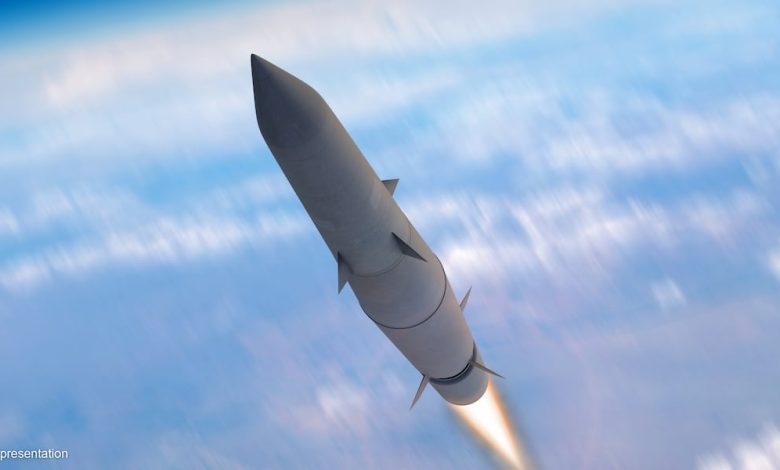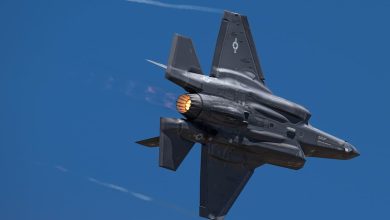Pentagon makes early pick for hypersonic interceptor developer

The Missile Defense Agency has chosen Northrop Grumman to design an interceptor capable of defeating hypersonic weapons in the glide phase of flight, the agency announced Wednesday.
MDA director Lt. Gen. Heath Collins revealed earlier this summer that the agency would soon choose between Raytheon and Northrop who were competing to design the Glide Phase Interceptor, or GPI.
Lockheed Martin was one of three original companies picked to work on design concepts for GPI in November 2021 but by June 2022, MDA had chosen to proceed with only Northrop and Raytheon.
MDA made the decision in favor of Northrop together with the Japanese government, which is signed on to co-develop the capability.
The company’s win comes after it recently lost another big MDA competition to develop the Next-Generation Interceptor that will replace interceptors that make up the Ground-Based Midcourse Defense System. That system is designed to defend the continental U.S. from intercontinental ballistic missile threats from North Korea and Iran. Lockheed Martin was chosen earlier this year in another early downselect.
The decision to move to just a single vendor prior to reaching preliminary design review is out of the ordinary, but Collins told Defense News last month that MDA, like the rest of the Defense Department, had “to make really tough prioritization and resource-informed decisions. … We were no exception, so we had to take a look at how we balance and make decisions on the capability we bring.”
MDA will “have to assess the risk of that design, any corrective actions … or mitigation activities we want to take,” Collins said, discussing next steps after MDA chooses a single vendor. “And then we would re-baseline the program based on that with an updated, independent cost estimate.”
Northrop Grumman said in a statement that during the next phase of GPI development, it will continue to refine its preliminary design intended to fire from the U.S. Navy’s Aegis Ballistic Missile Defense destroyers and Aegis Ashore using the standard Vertical Launch System.
The company will move quickly by using digital engineering. It plans to demonstrate system performance in hypersonic environments before the preliminary design review and complete flight experiments early, according to the statement.
“Today’s decision represents a turning point for hypersonic glide phase defense,” Collins, the MDA director, said in the statement.
While the U.S. has some capability to track and counter hypersonic threats regionally in the terminal phase, the ability to defeat hypersonic missile threats during the glide phase of flight is difficult because of the nature of a hypersonic missile’s ability to maneuver in unpredictable ways at high speeds.
But while GPI is a necessary capability, fielding is not planned until the 2035 timeframe. Tom Karako, a defense analyst at the Center for Strategic and International Studies, noted that “something else is going to be needed in the meantime — a future terminal interceptor of some kind.”
Congress wants MDA to move more quickly. Lawmakers mandated in the FY24 National Defense Authorization Act that the agency reach full operational capability by the end of 2032 and provide no fewer than 12 GPIs for tests by the end of 2029.
Jen Judson is an award-winning journalist covering land warfare for Defense News. She has also worked for Politico and Inside Defense. She holds a Master of Science degree in journalism from Boston University and a Bachelor of Arts degree from Kenyon College.
Read the full article here






